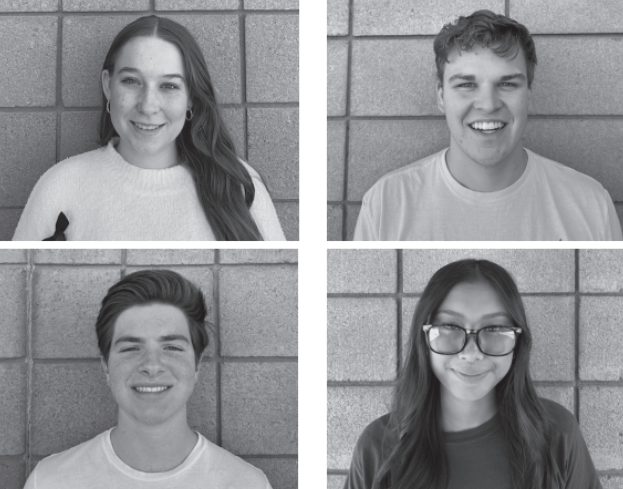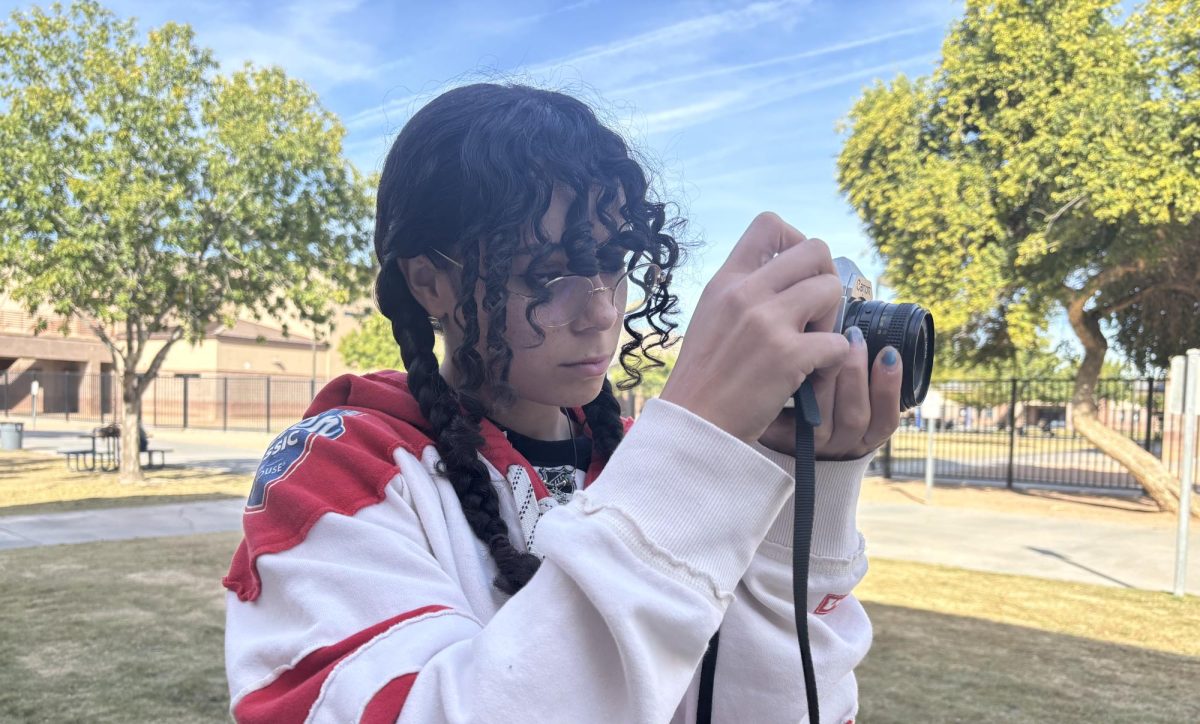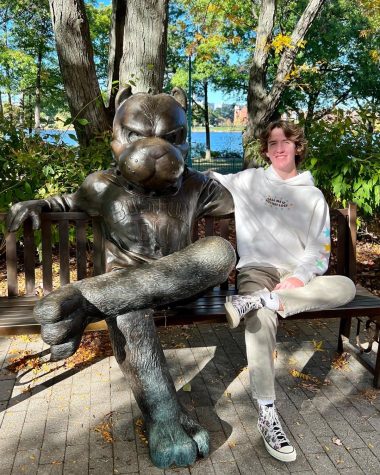In a growing shift towards sustainable fashion, high schoolers across the nation are increasingly turning to circular fashion and thrifting as their go-to style choice. The trend has gained momentum with many students utilizing online platforms like Depop and Grailed to buy and sell secondhand clothing, contributing to a more eco-conscious and affordable wardrobe for the younger generation.
Amid concerns about the environmental impact of fast fashion, high school students are leading the charge in adopting more sustainable practices. Circular fashion, which involves the reuse, recycling, and upcycling of clothing, has found a fervent following among Gen Z. This group in particular is renowned for its commitment to social and environmental causes, and their embrace of thrifting aligns seamlessly with their values.
The convenience of online platforms has played a pivotal role in the surge of interest. Apps like Depop and Grailed have become virtual marketplaces where students can easily buy and sell pre-loved garments. These platforms provide a user-friendly interface, making the process accessible to anyone with a smartphone. Students are not only finding unique, one-of-a-kind pieces but also turning their unwanted items into extra cash. Senior Jean Londono shares his enthusiasm for the trend, stating, “I find something new every time I open the app, which is a really cool experience with so much copycat fashion going on in the world.”
Depop, in particular, has become a hotspot for young fashion enthusiasts. The app allows users to create their own virtual storefronts, showcasing their personal style and curating collections for potential buyers. This allows them to connect with buyers easily.
The trend is not only environmentally conscious but also economically savvy. With a focus on affordability and sustainability, thrifting allows students to experiment with their style without breaking the bank. It has also sparked a sense of community as young sellers engage with buyers, creating a unique social aspect to the fashion experience. Eventually, especially among high schoolers, the hope is that this trend will extend beyond their closets, influencing broader societal attitudes toward environmental responsibility.






